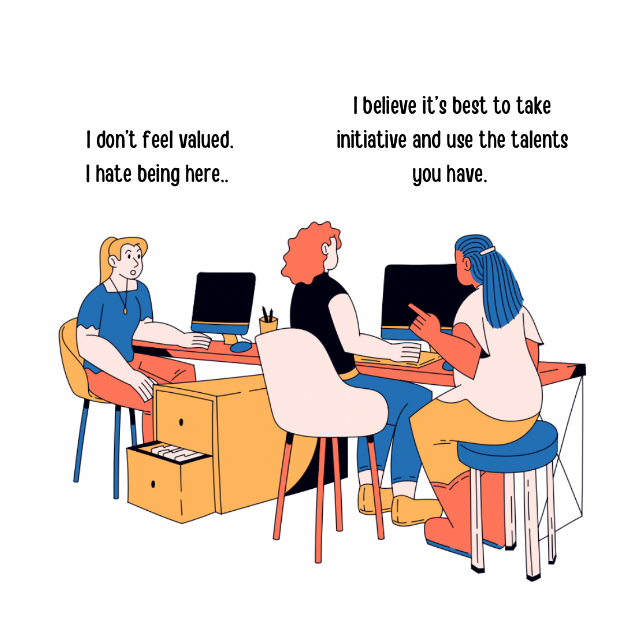Avoidant and anxious attached individuals can utilize their unique talents in the workplace by understanding their attachment styles and implementing strategies that align with their strengths. Here are some suggestions for both avoidant and anxious attached individuals to thrive in the workplace:
For Avoidant Attached Individuals:
1. Independent Work: Leverage your preference for independence by seeking out projects or roles that allow you to work autonomously. Focus on tasks that require self-direction and problem-solving, where you can excel without relying heavily on others.
2. Strategic Planning: Utilize your ability to detach emotionally and think objectively to excel in strategic planning. Your capacity to analyze situations from a detached perspective can help identify potential risks, devise effective strategies, and make well-informed decisions.
3. Task-Oriented Approach: Embrace your natural inclination towards task completion and attention to detail. Your ability to focus on tasks and follow through can make you highly reliable and efficient in meeting deadlines and delivering high-quality work.
4. Self-Reflection and Growth: Recognize and address any avoidance tendencies that may hinder your professional growth. Engage in self-reflection to understand the underlying reasons behind your avoidance, and actively seek opportunities for personal and professional development.
For Anxious Attached Individuals:
1. Detail-Oriented Roles: Leverage your attention to detail and meticulousness by seeking roles that require precision and accuracy. Your ability to spot errors and ensure thoroughness can be valuable in quality control, data analysis, or compliance-related tasks.
2. Relationship Building: Utilize your desire for connection by focusing on building strong relationships with colleagues and clients. Your empathetic nature can help create a supportive and collaborative work environment, fostering teamwork and effective communication.
3. Planning and Organization: Leverage your anxious attachment style’s tendency to anticipate and plan for potential challenges. Your ability to foresee obstacles and develop contingency plans can make you an excellent project manager or coordinator, ensuring smooth operations and successful outcomes.
4. Self-Care and Stress Management: Prioritize self-care to manage anxiety and stress in the workplace. Engage in activities that promote relaxation and well-being, such as exercise, mindfulness, or seeking support from trusted colleagues or mentors. Taking care of your mental and emotional health can enhance your overall performance.
5. Positive Self-Talk and Confidence Building: Combat self-doubt and negative self-talk by consciously practicing positive affirmations and self-encouragement. Cultivating self-confidence can help you overcome anxiety and perform at your best in the workplace.
Remember, everyone’s experiences and strengths vary, and these suggestions may not apply to everyone. It’s essential to be self-aware, recognize your unique talents, and adapt these strategies to your specific workplace environment. Seeking support from mentors or professional development programs can also provide valuable guidance and help you navigate your professional journey. With self-awareness, understanding, and a focus on personal growth, both avoidant and anxious attached individuals can thrive and utilize their talents in the workplace.






